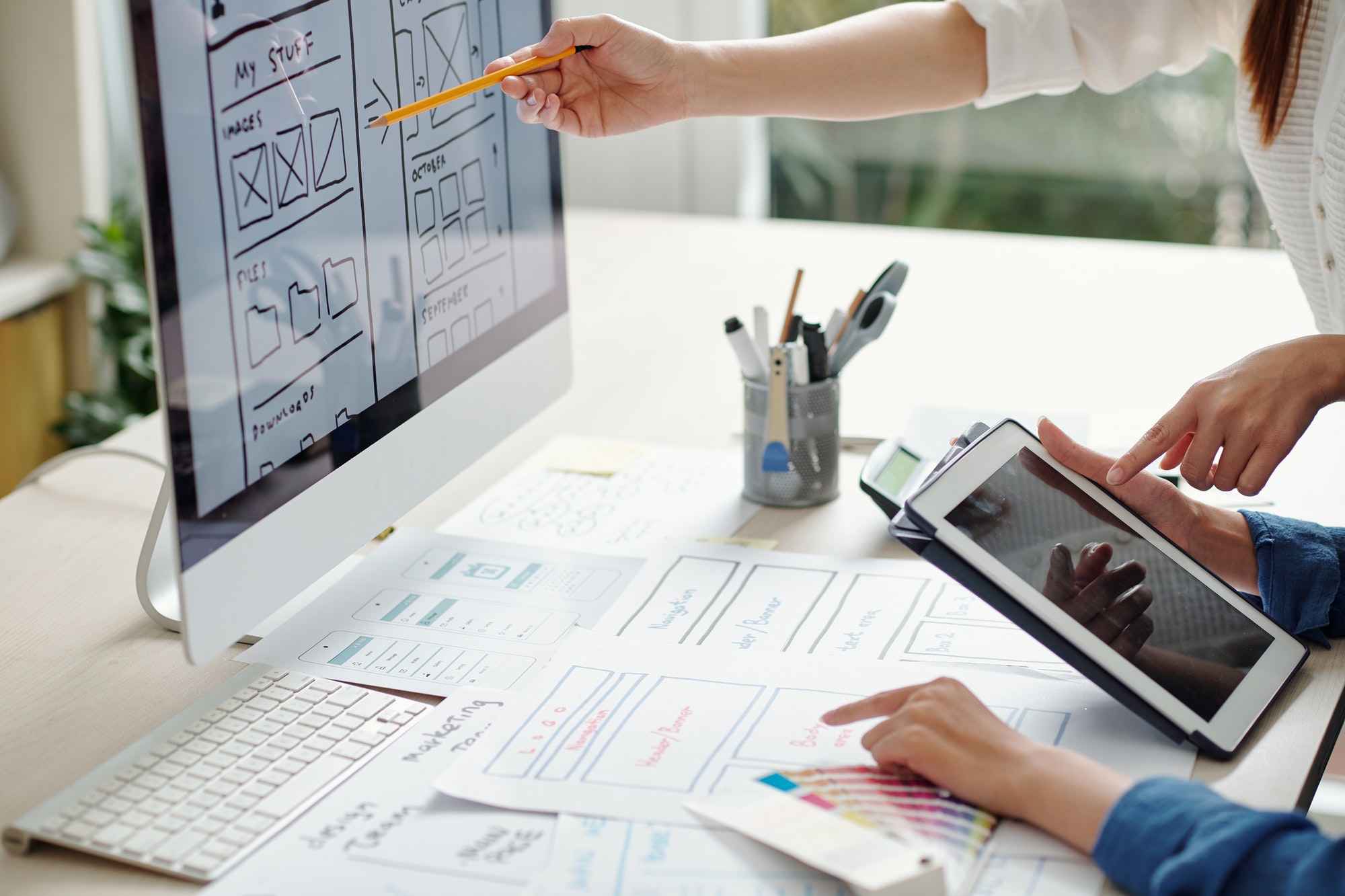The user experience (UX) design landscape is constantly evolving, driven by technological advancements, changing user behavior, and shifting industry trends. As we look towards 2024, several key trends are poised to shape the future of UX design.
1. Adaptive and On-the-Go UX Design
In today’s fast-paced world, users expect seamless experiences across multiple devices and platforms. Responsive design has become the norm, but in 2024, adaptive UX will take center stage. This approach goes beyond simply resizing interfaces; it involves tailoring the user experience based on the user’s context, behavior, and preferences.
Adaptive UX will be particularly important for mobile devices, as mobile internet usage continues to surpass desktop usage. Designers will need to create intuitive and engaging experiences that work equally well on smartphones, tablets, and wearable devices.
2. Virtual and Augmented Reality UI/UX
Virtual reality (VR) and augmented reality (AR) are rapidly making their way into mainstream consumer products. While these technologies are still in their early stages, they have the potential to revolutionize the way we interact with the digital world.
In 2024, UX designers will need to start thinking about how to create immersive and engaging experiences for VR and AR. This will involve designing interfaces that are both intuitive and user-friendly in these new environments.
3. Dark UX and UI Designs
Dark UX and UI designs have been gaining popularity in recent years, and this trend is likely to continue in 2024. Dark themes offer several benefits, including improved readability, reduced eye strain, and a more immersive experience.
However, it is important to use dark themes carefully. Too much dark contrast can make it difficult for users to distinguish between elements, so it is important to use a balanced approach.
4. Hyper-Personalization of UX
Users have come to expect personalized experiences from the brands they interact with. In 2024, UX designers will take personalization to the next level with hyper-personalization.
Hyper-personalization involves using artificial intelligence (AI) and machine learning to gather data about individual users and then tailoring the user experience accordingly. This could include things like recommending products based on past purchases, providing personalized content based on interests, and adjusting the interface based on user preferences.
5. Focus on Sustainability and Ethical Design
As consumers become more aware of the environmental impact of technology, they are demanding more sustainable products and services. In 2024, UX designers will need to consider the sustainability of their designs from the outset.
This could involve using eco-friendly materials, designing for energy efficiency, and considering the end-of-life disposal of products. Additionally, UX designers will need to be mindful of the ethical implications of their designs. This could include ensuring that designs are inclusive and accessible to all users, and that they do not perpetuate harmful stereotypes or biases.
These are just a few of the UX design trends that we expect to see in 2024. As technology continues to evolve and user expectations change, UX designers will need to adapt and innovate to create exceptional user experiences.







